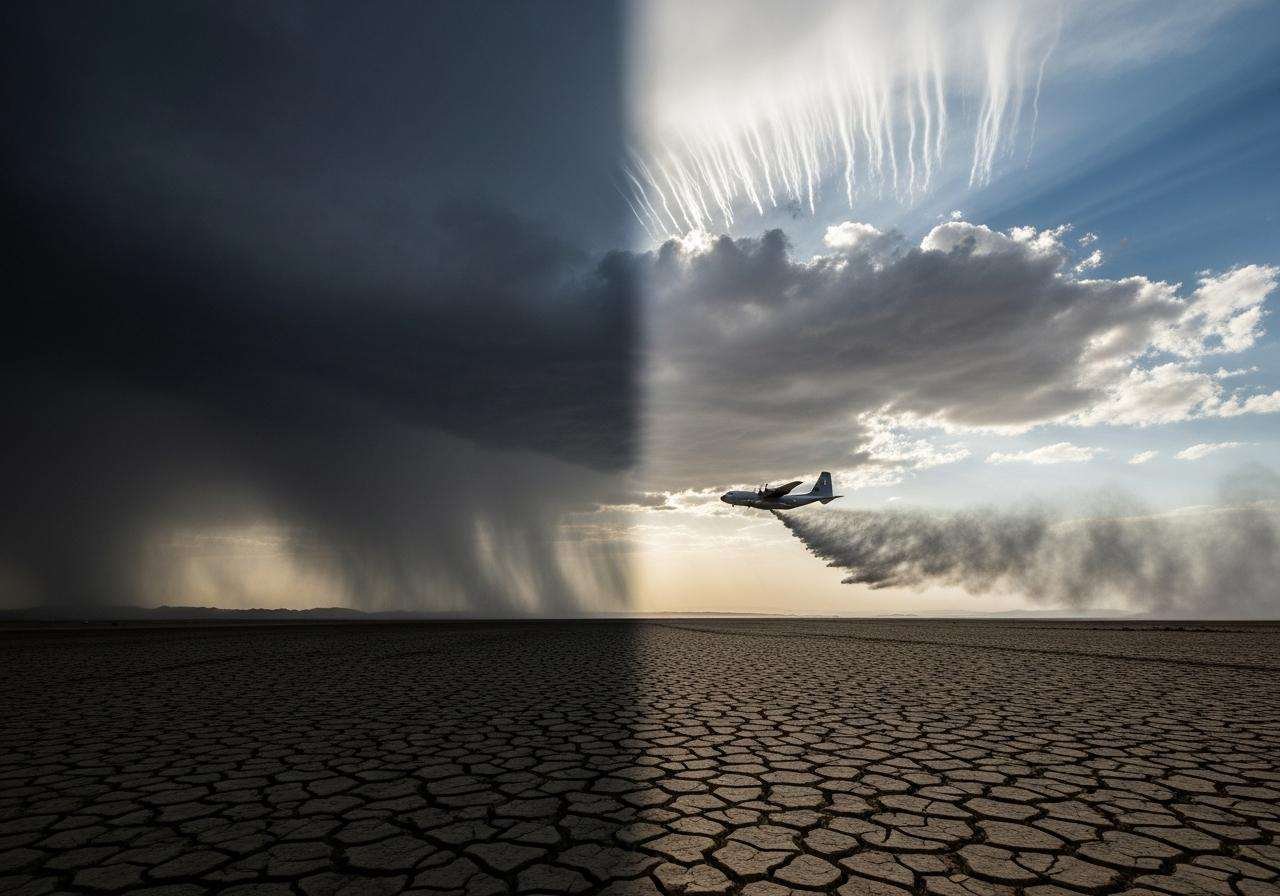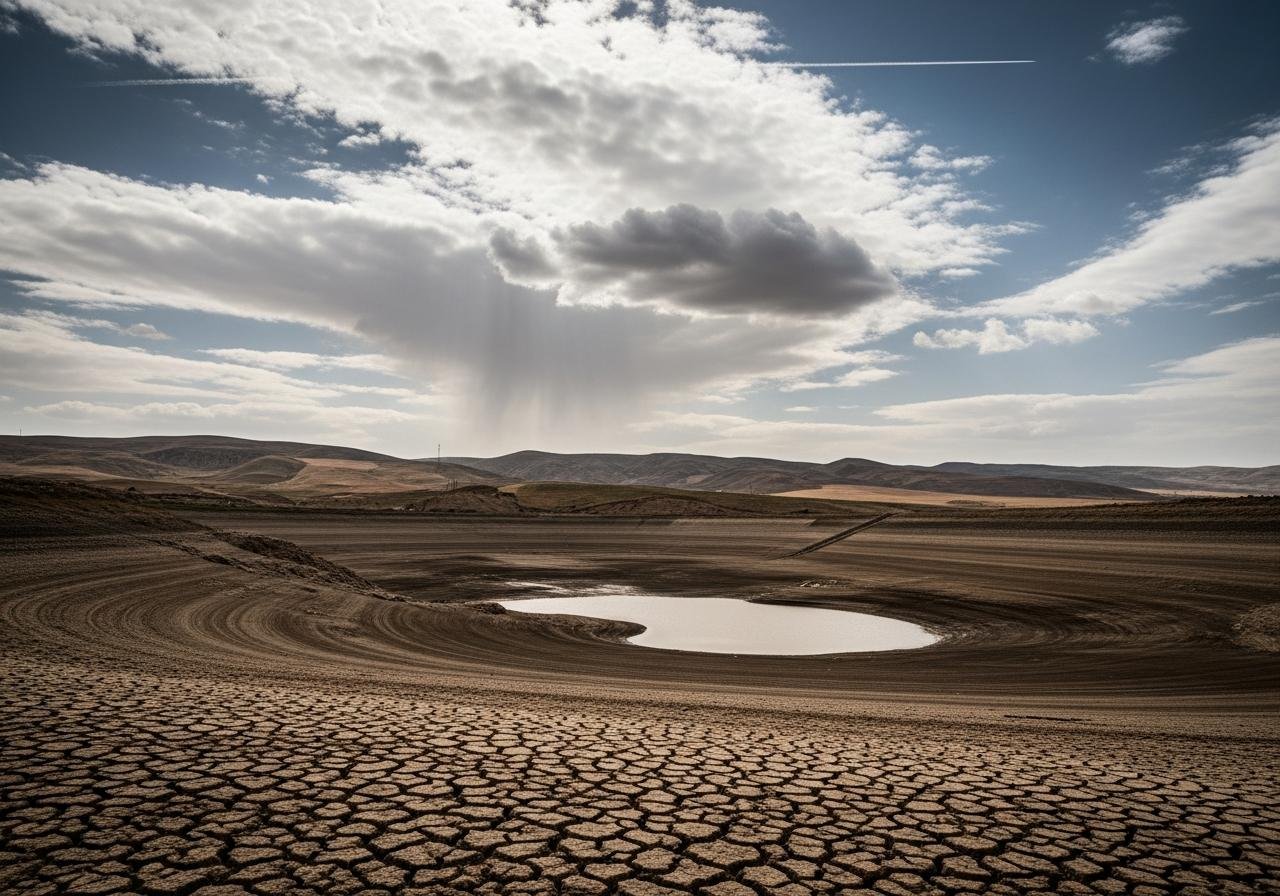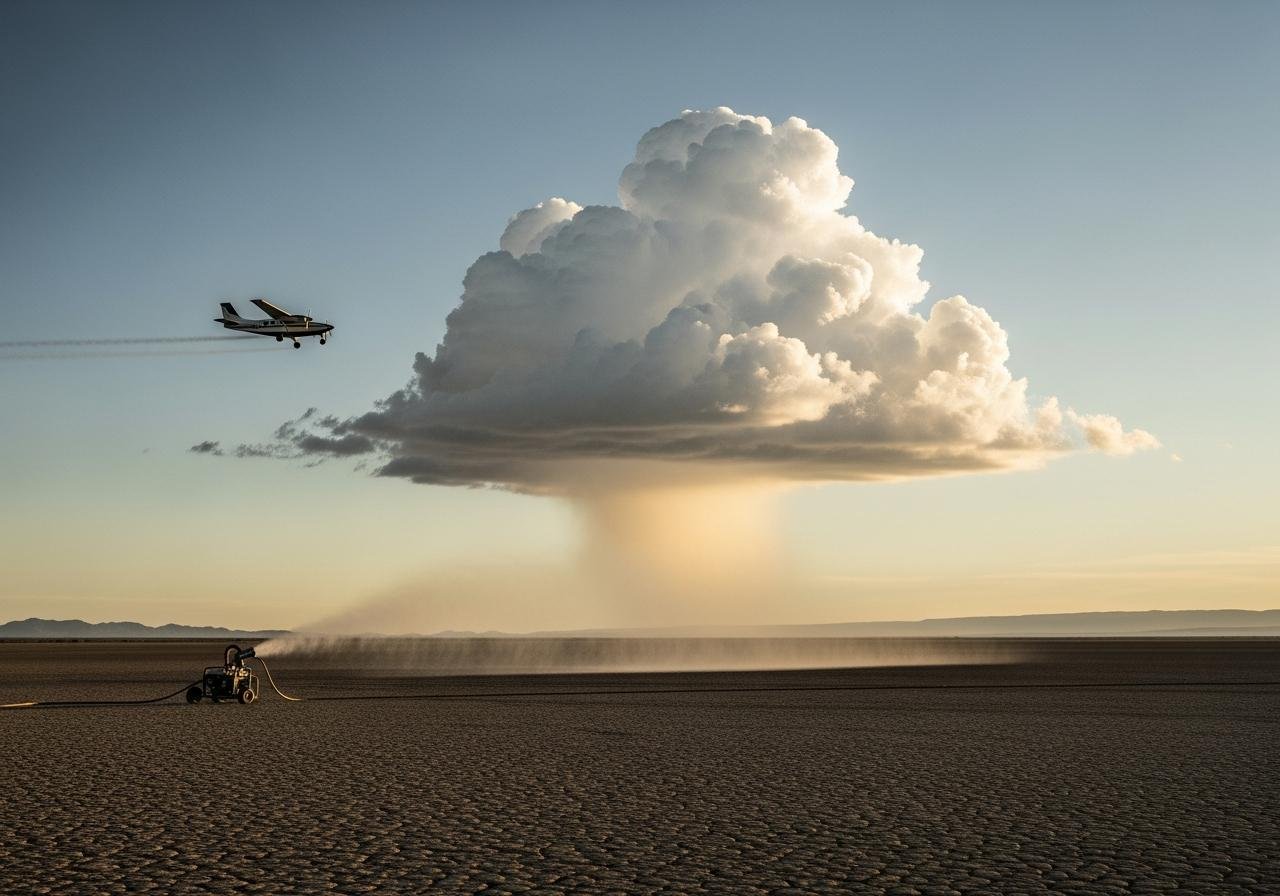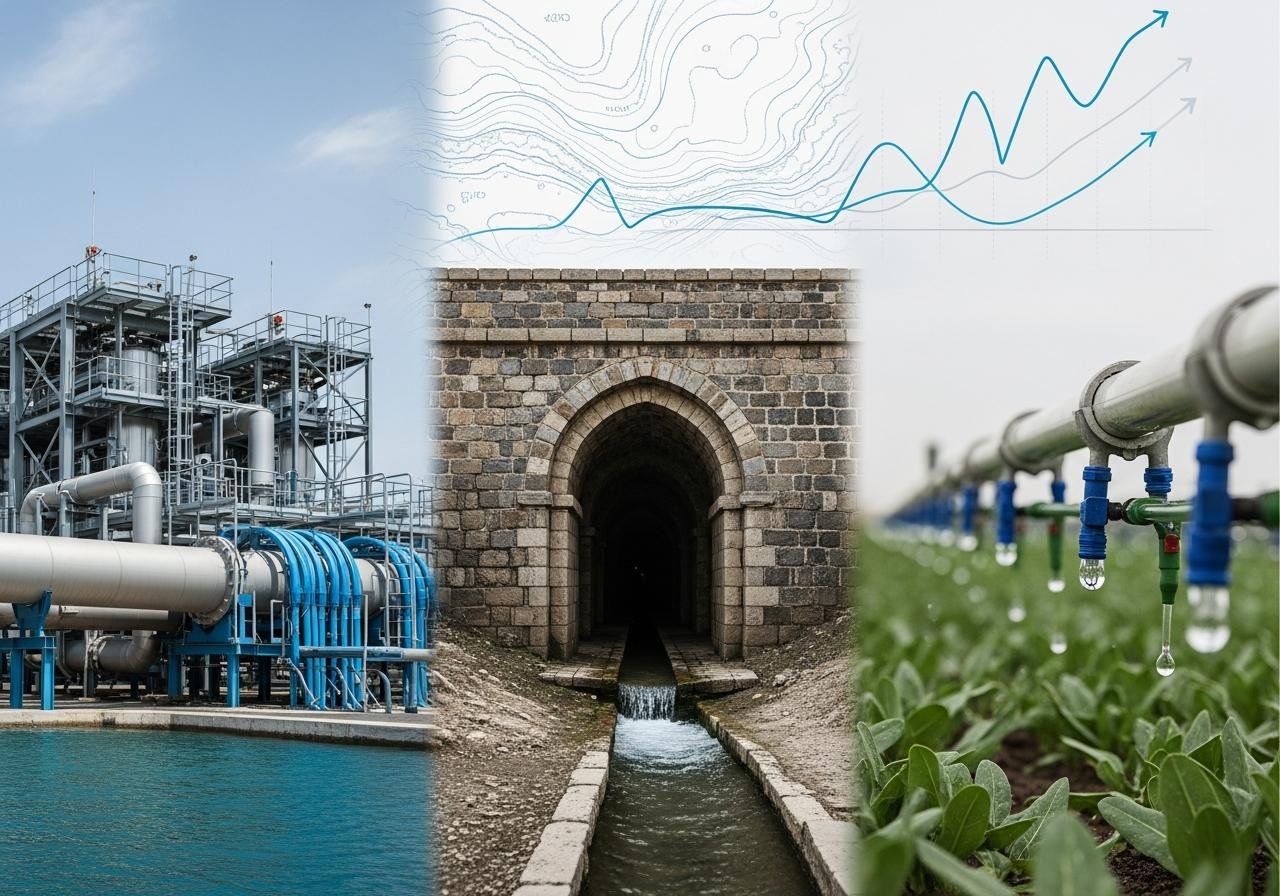
Introduction to Iran’s Water Crisis
This is a personal subject for me as I spent a few years in Iran as a child and I have friends who still live there and I hear their personal stories too.
Today – across much of Iran, taps are running dry including in the capital, Tehran – a metropolis of 15 million people who have a sword hanging over their heads with talks of even an evacuation if rain does not come soon.
Reservoirs sit low, with several at below 5% – while farmers watch as cracked earth replaces once-verdant fields, and towns are rationing water with no water in Tehran from 8pm to 5am daily and even during the hours where there is water – pressure is very low. The country is of course long known for its rich history and arid landscapes, now faces one of the most severe water shortages in its modern era. In the antique era underwater tunnels from as far back as 3000 years ago – called quanats brought water from the mountains well into the more arid regions.
The reason for this city being potentially the first to reach day zero – where a large city runs out of water due to human induced climate change and resource management – is multifactorial.
One can point to a mix of factors: prolonged droughts intensified by climate change with the last 6 years particularly bad and year to date rain has been half of even last year leaving the reservoirs with no reserves.
One can also point to rapid population growth, inefficient irrigation, and decades of over-reliance on groundwater with over 90 percent of Iran’s water use going to toward inefficient agriculture. That said governmental failure in terms of managing water and preferential arrangements allowing highly water intensive industries to be put into areas which were already water stressed has pushed many regions to extreme water deficiency – leaving little for households and other industry when supplies dwindle. The consequences have rippled across the nation—crop failures, rural migration, and growing frustration in urban centers.
The government’s response has been wide-ranging, from enforcing the water rationing mentioned above to accelerating ambitious, if controversial, experiments. Among the most talked-about: cloud seeding—a technology that aims to coax rain from the sky itself.

Understanding Cloud Seeding
Cloud seeding might sound like science fiction, but it’s been around for decades and in simple terms involves dispersing tiny particles—typically silver iodide, potassium iodide, or even common salt—into clouds. These particles act as “seeds” around which moisture can condense, encouraging raindrop formation.
Planes, drones, or ground-based generators release the materials into clouds that already contain some moisture. The idea is to give nature a little push rather than creating rain from nothing. Countries like the United States, China, and the United Arab Emirates have experimented with it for agriculture, wildfire prevention, and drought relief.
While there have been notable successes, the science remains partly uncertain. Measuring how much extra rainfall cloud seeding produces—and whether it’s worth the investment—has been notoriously difficult. Still, for nations facing existential water stress, that uncertainty may seem preferable to inaction.

Iran’s Decision to Implement Cloud Seeding
For Iran, cloud seeding represents both hope and necessity. The nation’s meteorological organization confirmed new cloud seeding operations in several provinces after another year of record-low rainfall. The program, which started ramping up this autumn, covers mountain regions in the west and central plateau, where winds often carry moisture-laden clouds from the Mediterranean.
The government hopes these efforts will stabilize reservoirs and support agriculture through the coming year. Local experts are coordinating with scientists who have previously worked on cloud modification projects in the UAE and Turkey. Officials describe the initiative as an “experimental safeguard,” designed to test what role weather modification could play in easing water scarcity.
While expectations are tempered, optimism persists. “Every drop counts,” one government meteorologist said recently—a statement that feels both literal and symbolic.

Challenges and Limitations of Cloud Seeding
Like all technological fixes, cloud seeding comes with caveats. Its effectiveness depends on the presence of suitable clouds—something no government can guarantee. If there’s no moisture in the air, no amount of silver iodide will make it rain. Then there’s the question of ecology: could dispersing chemicals into the atmosphere have unintended effects on soil, plants, or waterways?
Ethical concerns have also surfaced. Some environmentalists worry about “weather ownership”—the idea that one region’s induced rain might mean another’s drought. The science doesn’t fully support that fear, but it underscores the delicate diplomacy involved when tinkering with shared skies.
Technology itself poses limitations too. Most equipment is expensive to operate and requires continuous monitoring. Success rates vary, and results often depend as much on luck as on logistics.

Comparative Analysis: Global Case Studies of Cloud Seeding
Other nations have tested similar skies with mixed outcomes. China’s vast program, for instance, claims measurable rainfall increases in arid provinces, though outside verification remains tricky. The United States has used cloud seeding to boost snowpack in the Rockies, improving downstream water supplies. The UAE, meanwhile, has turned cloud seeding into a centerpiece of its water security strategy—with some impressive, if localized, rainfall gains.
The lesson? Cloud seeding works best when paired with strong data collection, weather forecasting, and realistic expectations. Iran’s arid climate and complex topography make it a challenging test case, but also a meaningful one for the global scientific community.

Public Opinion and Reactions
On the streets of Tehran and in farming towns, opinions differ. Some residents welcome any effort to bring rain, recalling prayers for rain as part of cultural and spiritual life. Others remain skeptical, viewing the project as a public relations move when deeper reforms—like modernizing irrigation or reducing water-intensive crops—are more urgently needed.
Environmental activists have urged transparency, asking the government to publish scientific data and environmental assessments. Meanwhile, state media portray cloud seeding as an innovative step that signals Iran’s determination to adapt. As with many climate interventions, the debate reflects a broader tension between hope and hesitation.
Future Prospects and Alternative Solutions
Iran’s water future depends on a much broader toolkit than just weather modification. Officials are exploring desalination, wastewater recycling, and advanced irrigation systems. Efforts to restore traditional qanat water tunnels—a centuries-old network of underground channels—are also being revived, merging heritage with modern engineering.
Experts argue that technology must go hand in hand with policy reform. Reducing agricultural water use, improving urban infrastructure, and fostering public awareness are crucial long-term strategies. International collaboration, especially with neighboring countries sharing aquifers and rivers, could also help ensure stability in a region where water politics are often fraught.

Concluding Thoughts on Iran’s Water Management Strategy
The cloud seeding initiative, even if modest in its immediate outcomes, signals a new chapter in Iran’s response to climate stress. It reflects a country grappling with scarcity yet willing to experiment in the pursuit of resilience. Whether these man-made rainmaking attempts succeed or not, they highlight a deeper truth: the world’s water challenges are no longer distant or abstract—they’re here, pressing, and shared.
In the end, Iran’s bold step into the clouds isn’t just about rain. It’s about adaptation, innovation, and the growing realization that sustainability now depends on both human ingenuity and respect for nature’s limits.
FAQs: Iran’s Cloud Seeding Efforts Amid Water Crisis
1. What is cloud seeding?
Cloud seeding is a weather-modification technique where substances like silver iodide, potassium iodide, or salt particles are released into clouds to encourage rainfall.
2. Why is Iran using cloud seeding now?
Iran is facing a severe water crisis due to prolonged droughts, declining reservoirs, rising temperatures, and increased water consumption. These conditions have forced officials to begin rationing water in several regions, pushing the government to invest in cloud seeding as an emergency measure.
3. How does cloud seeding help with the water crisis?
Cloud seeding can enhance rainfall by stimulating moisture in existing clouds. While it cannot create rain from nothing, it can increase precipitation levels in targeted areas like reservoirs, agricultural zones, and drought-stricken cities.
4. Is cloud seeding effective?
Effectiveness varies. Studies suggest cloud seeding can increase rainfall by 10–15%, but results depend on cloud conditions, humidity, and atmospheric temperatures. It is not a permanent solution, but it can temporarily boost water supplies.
5. Which areas of Iran are receiving cloud seeding?
Operations typically focus on central and southern provinces, including regions hit hardest by drought and low dam levels. Exact areas depend on where suitable clouds form.
This article is for informational purposes only.
Reference: https://www.bloomberg.com/news/articles/2025-11-17/iran-starts-cloud-seeding-as-water-crisis-forces-rationing
The post Iran Starts Cloud Seeding as Water Crisis Forces Rationing appeared first on Green.org.














